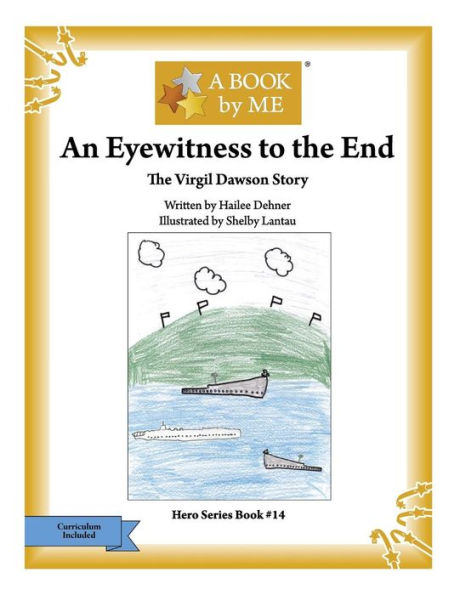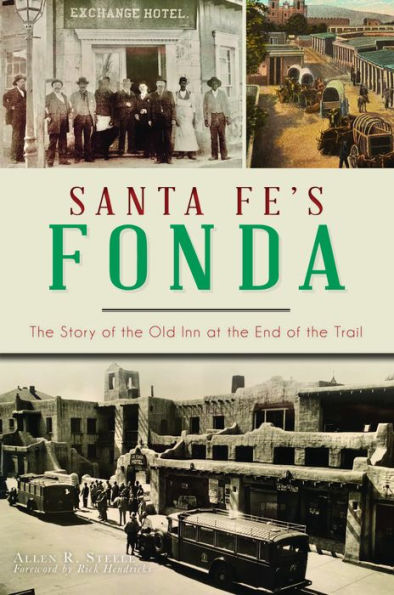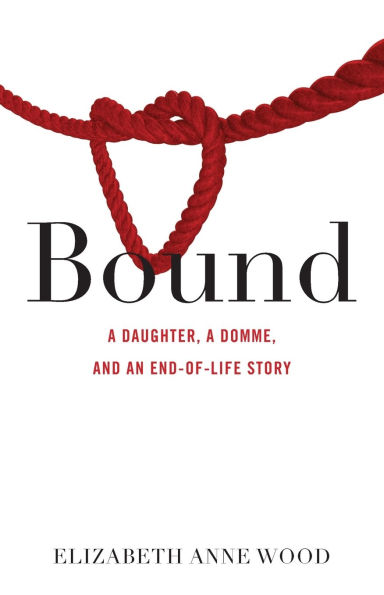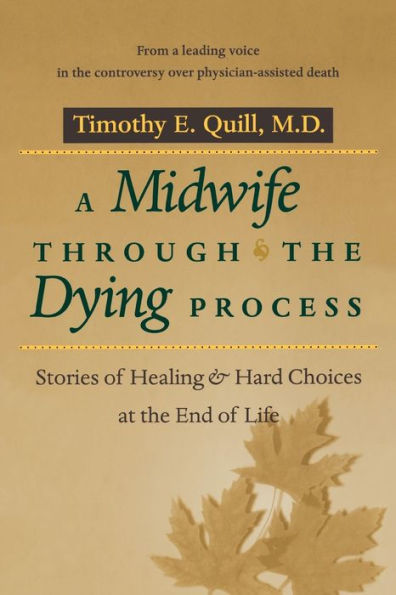Home
An Eyewitness to the End: The Virgil Dawson Story
Barnes and Noble
An Eyewitness to the End: The Virgil Dawson Story
Current price: $13.99


Barnes and Noble
An Eyewitness to the End: The Virgil Dawson Story
Current price: $13.99
Size: OS
Loading Inventory...
*Product information may vary - to confirm product availability, pricing, shipping and return information please contact Barnes and Noble
Virgil Dawson was born on May 7, 1922 in Kellogg, Iowa. His family was among the original settlers of Polk County, Iowa. There were twelve children in his family, and they grew up during the Great Depression on a farm where they raised all kinds of crops. Virgil and his siblings often went to town and sold produce to help raise money for the family. It was hard work on the farm. The Dawson family didn't have money for frills like toys, cameras or other unnecessary things. Virgil was nineteen years old when he signed up for the U.S. Navy. He remembers being sworn in saying, "I do solemnly swear that I will support and defend the Constitution of the United States against all enemies, foreign and domestic, that I will bear true faith and allegiance to the same, and that I will obey the orders of the President of the United States and the orders of the officers appointed over me, according to the regulations and the Uniform Code of Military Justice. So help me God." In April of 1942, Virgil traveled by train from Des Moines, Iowa to boot camp at the Great Lakes Naval Base in Chicago, Illinois. He played poker on the train. At the beginning, he had $5, but at the end of the day, he had $30. Since his monthly salary in the Navy was only $20, this was a lot of money to win on the train. At the end of basic training, Virgil went onto a naval gunship on Lake Michigan. This ship carried 3-inch guns, 50-caliber and a 30-caliber machine guns. Virgil shot at targets on that ship for six days. Then, he was assigned to pick up fuel in Venezuela on a refueling ship and deliver it to the islands of Cuba, Haiti and Guantanamo. After the boiler on the ship blew up, Virgil was assigned to an ammunition ship. During World War II, he was aboard a Tank Landing Ship (LST) that brought supplies to the soldiers at Normandy, France. On June 6, 1944, the Allies of World War II launched the largest amphibious invasion in history when they assaulted Normandy, located on the northern coast of France. Virgil's ship was the USS LST-523, and men and materials were on board along with a 40-man medical staff. They carried away the wounded from the beaches of France. The Normandy landings have been called the beginning of the end of the war in Europe. "Casualties" refers to all losses suffered by the armed forces: killed, wounded, missing in action (meaning that their bodies were not found) and prisoners of war. There is no "official" casualty figure for D-Day. Under the circumstances, accurate record-keeping was very difficult. For many years, the Allied casualties figures for D-Day have been estimated at 10,000, including 2,500 dead. Broken down by nationality, the D-Day casualty figures that have been cited for many years are approximately 2,700 British, 946 Canadians, and 6,603 Americans. Virgil's ship made three round trips to the Normandy Beachhead, each time delivering supplies and removing wounded. On June 19, 1944, on the fourth trip, the ship struck an enemy mine while maneuvering from the Utah Beach anchorage to the beachhead. Virgil was in a locker room with two other men when the mine blew. Those two men died, but Virgil lived. The next thing he knew, Virgil was in the water. A young Navy man floating near him said, "This is my 18th birthday." He was injured and his eye was hanging out of its socket. There were dead servicemen everywhere in the waters off the coast of France. Virgil and the boy were very fortunate to be alive. By the grace of God, Virgil was safe and continued to serve in the U.S. Navy throughout the war. Virgil was aboard ship in Tokyo Bay to witness Japan officially surrendering on Sunday, September 2, 1945. This day is famous for bringing the hostilities of WWII to a close. Virgil was an eyewitness to the signing as more than 250 Allied warships lay at anchor in Tokyo Bay. The flags of the United States, Britain, the Soviet Union, and China fluttered above the deck of the USS Missouri.


















